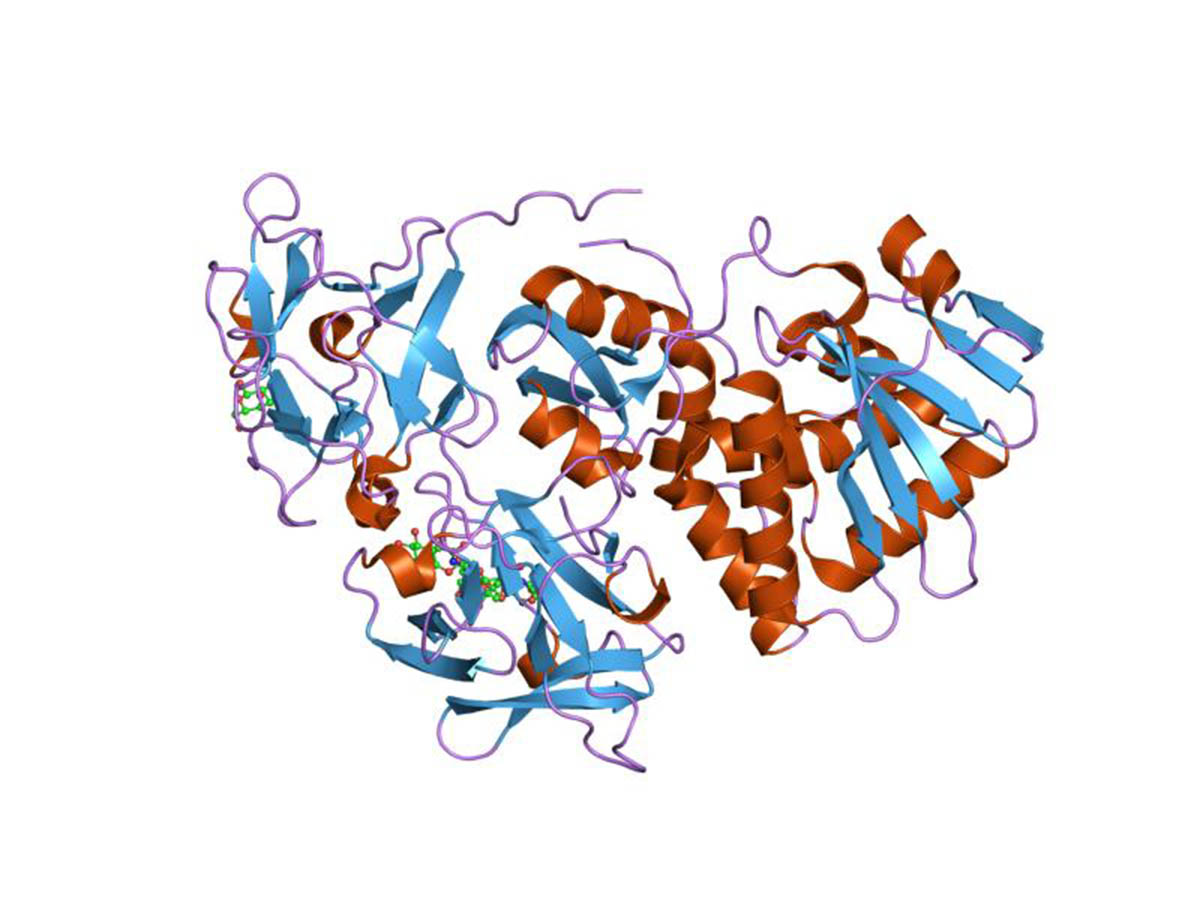
Ricin is a certain type of poison which is actually aprotein which gets extracted from the beans of the castor plant. This plant isbotanically referred to as ricinus communis. The plant itself originates fromAfrica and Asia. As far as the United States are concerned, the castor plantgrows in the southwestern regions. The plant is used for the production of oil,and the ricin is actually a byproduct of that process of production. The beansneed to be crushed so that they form some sort of a pulp. The oil getsextracted from the pulp, and the remains of the pulp are actually what sums upricin. Castor oil is one of the most common types of purgatives and it may alsobe used in the production of various different types of lubricating oils, varnishesand paints. It is commonly produced virtually everywhere in the world, but theleading countries in terms of production include Brazil, China and India. Ricinis highly efficient in inhibiting the synthesis of proteins and that is whatmakes it so highly toxic. There are different ways of introducing ricin to thebody and those include the infusion, injection, ingestion and inhalation on theform of an aerosol. Ricin may be lethal when taken in large doses, but on theother hand it may also be very helpful in preventing the growth of tumors.
Symptoms of Poisoning
Exposure to ricin may occur through various ways, but oralingestion is the most common of them all. Symptoms and signs may vary in termsof severity, depending on the dosage and the route of exposure. Oral ingestionis the least deadly route while the inhalation of ricin mist or aerosolizedpowder is the most lethal one. Once a person gets poisoned by ricin, he or shemay die within up to 3 days. If the route of exposure is inhalation, the personusually experiences tightness in the chest, nausea, cough, fever andrespiratory distress after only a few hours. Some cases may also involvecyanosis, pulmonary edema, heavy sweating, extremely low blood pressure,respiratory failure, and death. All those who were exposed to aerosolized ricinneed to seek immediate medical attention. Ricin ingestion is not that dangerousand it usually involves vomiting and diarrhea. Diarrhea may be bloody in somecases. Low blood pressure and severe dehydration may occur. Some rare caseshave also involved symptoms such as blood in the urine, seizures andhallucinations. Only the severe cases of ricin ingestion lead to multiple organfailures and death. Skin contact may lead to the redness and painful sensationsof the eyes and the skin. Parenteral exposure to ricin may be associated withsymptoms such as bone marrow suppression, diarrhea, vomiting, cerebral edema,myocardial injury, nephritis, pancreatitis, hepatitis, hypotension, tachypnea,tachycardia and fever.
Ricin as a Biological Weapon
There were several nations which intended to use ricin as abiological weapon in the World War I under the code name Compound W. Some ofthem even went further to create a bomb based on the toxic properties of ricinduring the World War II. Ricin was sometimes used as an agent forassassinations as well. Terrorists around the world have tried to use ricin fortheir goals and contaminate water supplies. Ricin is characterized as aCategory B threat agent by the Centers for Disease Control and Prevention so ithas the second highest priority. This is mainly due to the fact that it can bedisseminate quite easily. Ricin is associated with low mortality and moderatemorbidity rates.
Infection Control Measures
Recommendations concerning the levels of respiratoryprotection which are necessary in the prevention of inhalational intoxicationare largely conservative because there is no valid scientific data which can beused. Health care workers and first responders who deal with ricincontamination are advised to use certain items of the personal protectiveequipment. Such items include full face respirator, air purifying respiratorwith P-100 filter, disposable Tyvek suite coated with polyethylene or Saranexand self contained breathing apparatus and they are classified as level Bpersonal protective equipment. All the items need to be decontaminated in a 0.1percent solution of sodium hypochlorite before being washed with soap and warmwater. The decontaminated patients do not have to be placed in negative pressurerooms or any other type of isolation.
Decontamination
Most people are not fully aware of the fact that ricincannot be transmitted from person to person, mainly due to the fact that it isa toxin. If it persists in a specific environment it may affect a larger numberof persons though. In order to decontaminate the surfaces affected by ricin,they need to be washed with a 0.1 percent solution of sodium hypochlorite forat least 30 minutes. This process needs to be followed by washing the surfaceswith soap and hot water.



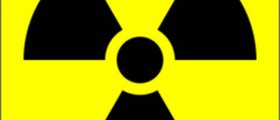

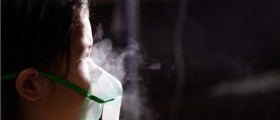

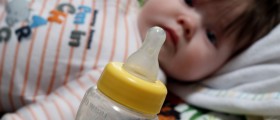


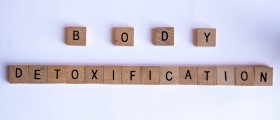

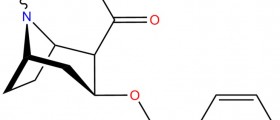


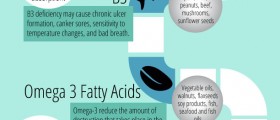
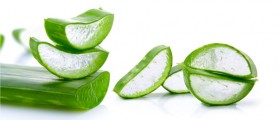
Your thoughts on this
Loading...